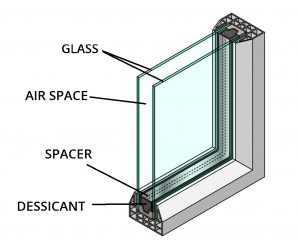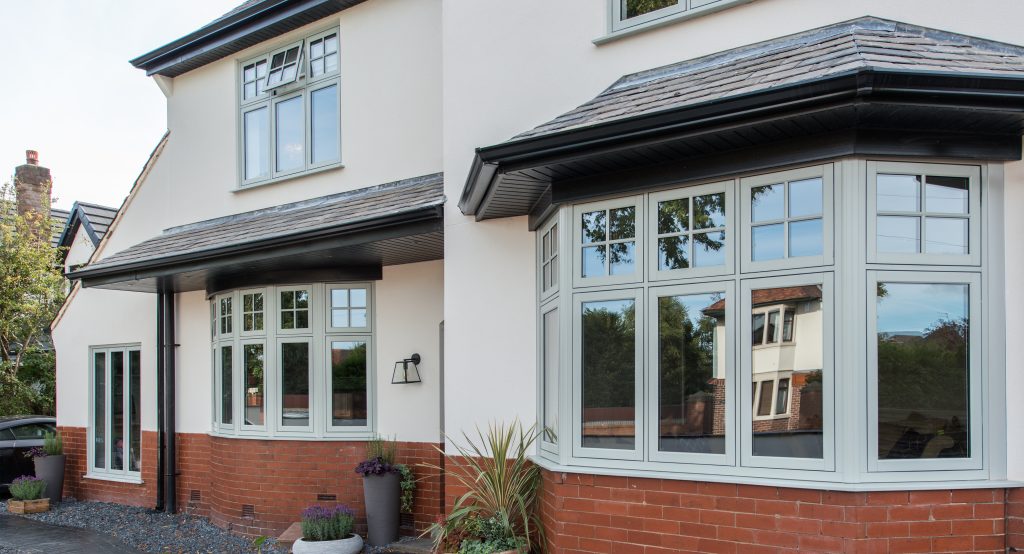All Categories
Featured
Table of Contents
Insulated Glass Unit – Igu in Hovea WA
Laminated glass is frequently used in locations in the house most prone to injury from human effect such as bathrooms, doors, around staircases and in areas near to the floor (it meets the requirements of 'shatterproof glass' that is mandated for use in these areas by Australian Basic AS 1288 Glass in structures).
Toughened glass has been 'tempered' by being reheated and quickly cooled once again. This process makes it much more powerful than basic glass it can resist higher impact loads prior to breaking. It also makes it safer due to the fact that, when it does shatter, it burglarizes many small cubic pieces instead of harmful shards.
Why Double-glazed Windows Are A Must in Beeliar Western Australia
However, toughened glass has no thermal or acoustic benefits over other glass of the exact same toning or density. Secondary glazing is where single-glazed windows are retrofitted with a transparent acrylic or glass sheet connected to the inside of the frame or openable sash with a secondary frame or with magnetic strips.


Secondary glazing will not carry out too thermally as a made IGU, given that it is difficult to absolutely seal the border, but it can offer good noise control. Window films are a thin polymer movie containing an absorbing color or reflective metal layer, with an adhesive backing. They adhere to your glazing to change its colour or make it reflective.
Double Glazed Windows Brisbane in Bullsbrook WA
Applied to existing glass, some window films can cut in half the general SHGC of the window by absorbing and/or reflecting solar radiation. This can be especially beneficial in hotter climates where cooling is the primary concern, or on east and west elevations straight exposed to extended periods of sunshine. Nevertheless, window movies may likewise lower visible light transmittance.

For this reason, it is usually best to utilize a certified installer of window movie. Frames have a considerable effect on the thermal performance of doors and windows, because energy can be gained and lost through the frame, along with through the glass. Various types of frame will permit different levels of heat gain and loss, so cautious option of frame is essential for reliable passive design.
Enjoy Your Summer More With Double Glazed Windows in Calista Western Australia
Aluminium is also an extremely good conductor of heat and will reduce the insulating worth of a glazing unit, unless particularly crafted to reduce this. A 'thermally broken' frame is made up of 2 aluminium sections connected by a structural insulator (typically a low-conductivity structural polymer). This 'breaks' the thermal connection through the aluminium and lowers the heat flowing through the frame.
They can be expensive, but rates are reducing as they become more typical. Lumber frames are a great natural insulator that can fit some home designs. Wood frames must be made from species that have naturally high sturdiness or be treated to avoid decay and contortion. Inspect that the lumber is sourced from a sustainably handled forest.
What Is The Best Glazing For My Home? - Part 2 in Helena Valley WA
(weather stripping) is set up.
u, PVC doors and windows have exceptional thermal performance Photo: Ben Wrigley (Light House Architecture and Science) Composite frames use aluminium profiles on the external sections with either a timber or u, PVC inner section. These integrate the low upkeep and toughness of aluminium with much enhanced thermal performance.
Latest Posts
Double Glazed Windows in West Leederville Perth
Double Glazed Windows Melbourne in Medina Western Australia
Double Glazing Companies Near Me Reviewed 2023 in Huntingdale WA